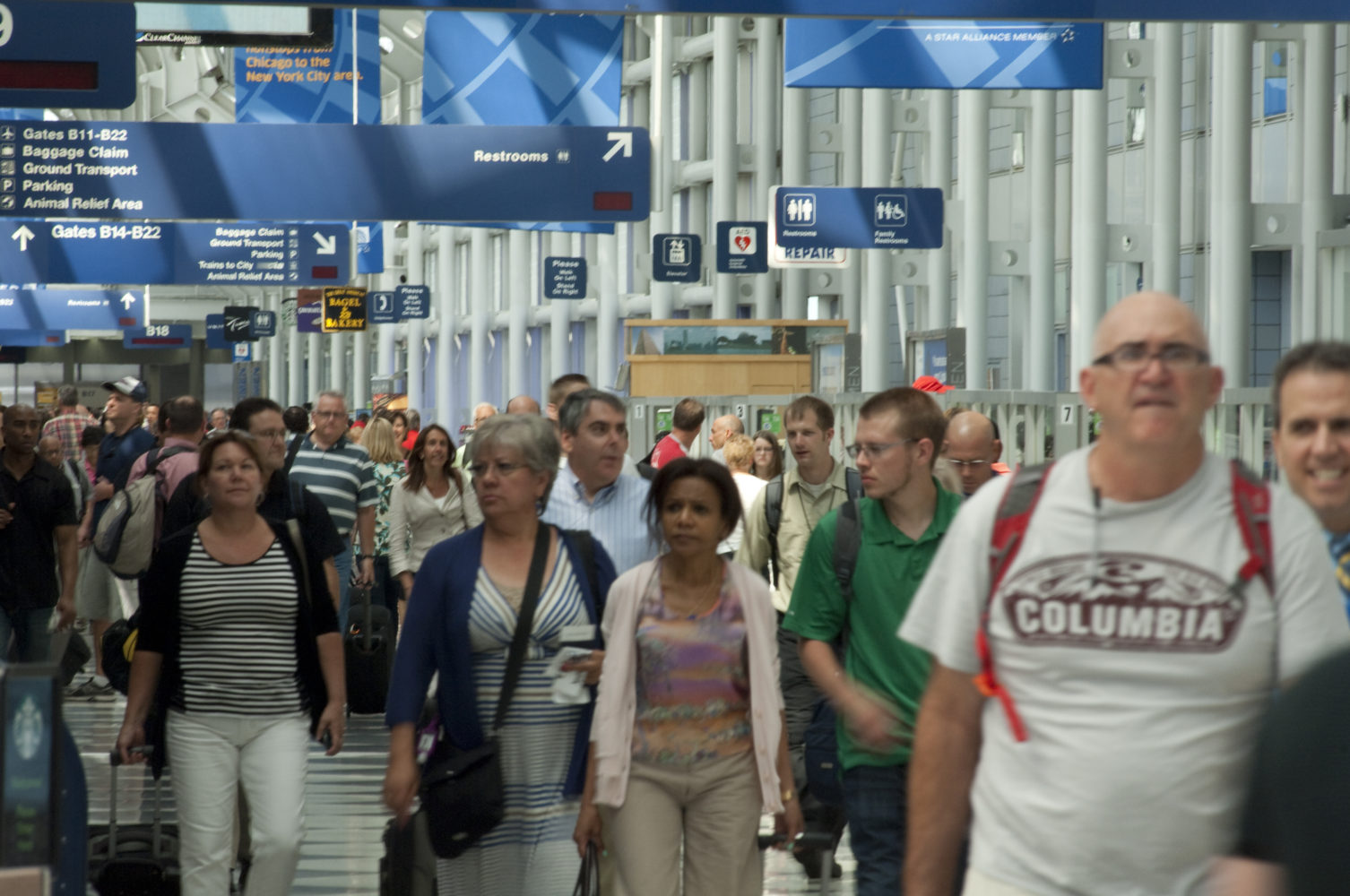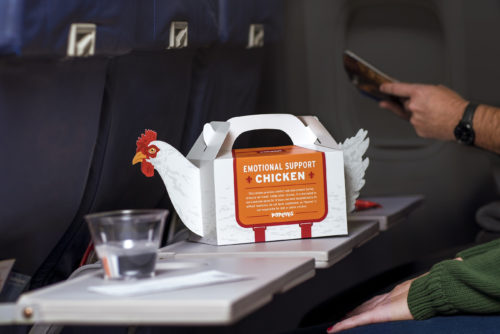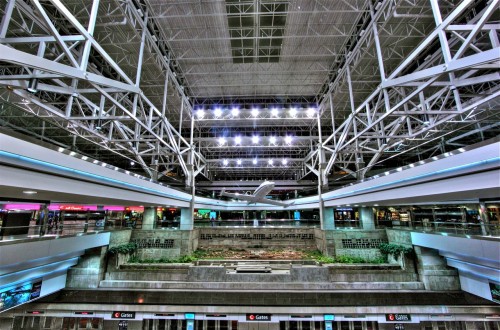
Earlier this week, the US Department of Transportation (DOT) issued new rules requiring airlines to provide prompt refunds to passengers when flights are canceled or significantly changed; when bags are delayed; and when other purchased services are not provided.
Until now, airlines defined how and if refunds were offered and defined what was a “significant change” for flights.
Now there are DOT rules that define a ‘significant change’ and spell out exactly how and when refunds must be issued. Refunds are now required if a domestic flight is delayed more than three hours and if an international flight is delayed by more than six hours.
Passengers are the winners here. But airlines and travel agents aren’t so happy.
Airlines for America, which represents most domestic airlines, issued a statement claiming that the new rules were bad for consumers:
“Unnecessary regulatory rules issued without collaboration will lead to three things: confusion for consumers, reduction in choice and a decline in competition which historically drives up prices,” A4A said in its statement. “Very simply put, a one-size-fits-all approach is anticompetitive and anti-consumer.”
The statement said airlines are “working every day to continue offering historically low airfares and historically high wages to the 800,000 men and women who work in the U.S. airline industry.” But it warns that “the Administration is making air travel more expensive for all Americans, including those who can least afford any kind of increase.”
The American Society of Travel Advisors (ASTA) is also unhappy with parts of the new DOT rules outlining refunds for air passengers.
ASTA expressed “deep disappointment” in the new rules in its statement.
“The Department of Transportation made a profound error in this final rule,” said ASTA President and CEO Zane Kerby. “Travel agencies sold 40 percent of airline tickets in 2023, and the DOT doesn’t understand that in the limited situations where the agency is the merchant of record, payment is immediately passed on to the airline.”
The new DOT rules outline the timeline for issuing refunds to passengers: within 7 business days for tickets charged to credit cards and within 20 calendar days for tickets paid for in other forms of payment.
ASTA is concerned that when an agency is the ‘merchant of record” these agencies will have to provide the refunds to passengers before airlines send the funds back to the agencies.
Requiring travel agencies to provide a float of those funds for airlines “will be catastrophic to this industry,” said ASTA.


